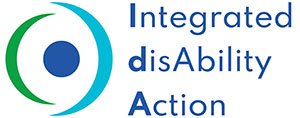Submissions sought: The Commonwealth, Community Affairs References Committee
The Commonwealth, Community Affairs References Committee is inviting written submissions addressing issues on the purpose, intent and adequacy of the Disability Support Pension (DSP).
Submissions are requested by 25 June 2021. If you are interested in making a submission or finding out more about the Inquiry, information is at the following link: Purpose, intent and adequacy of the Disability Support Pension – Parliament of Australia (aph.gov.au) . The Terms of Reference for the Inquiry address a range of issues including DSP eligibility criteria and access requirements; the impact of geography, age and other characteristics on people receiving the DSP; the impact of the DSP on employment outcomes; the underemployment of people with disabilities; and the adequacy of the DSP to support people to maintain an acceptable standard of living.
As background:
The Senate referred the inquiry into the purpose, intent and adequacy of the Disability Support Pension (the Inquiry) to the Standing Committee on Community Affairs (the Committee) on 13 May 2020. The inquiry follows a range of reforms aimed at reducing welfare spending and increasing workforce participation over the past 15 years, which critics say have created gaps in the social security system.
The Disability Support Pension (DSP) if for people between the age of 16 and 66 who are considered to have a permanent disability which prevents them from working for more than 15 hours a week for at last two years. A person in receipt of the DSP may receive a basic rate of $868.30 per fortnight. In December 2020, in the Northern Territory (NT) 8,129 people were in receipt of the Disability Support Pension (DSP). Of these 5,549(69 percent) were Indigenous; 37% were over the age of 55; and 5% were between the age of 16-24. Nationally, the most common primary medical conditions of people in receipt of the DSP are psychological/ psychiatric (36 percent); musculoskeletal and connective tissue (19 per cent) and intellectual/ learning (17 percent).
